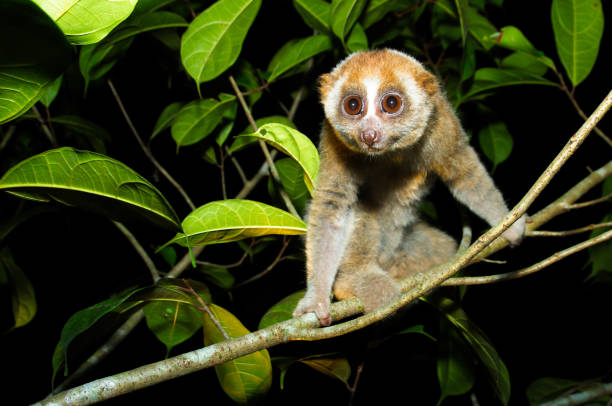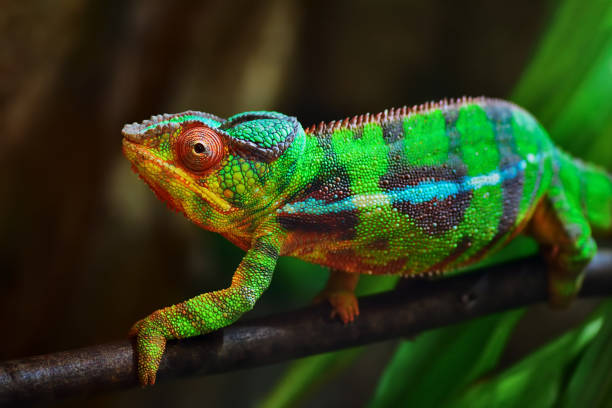Understanding the Unique World of Slow Lorises
In the animal kingdom, there are creatures that bewitch us with their unique characteristics and behaviors—none more so than the slow loris. This article delves into the intriguing life of this fascinating primate, unraveling the mysteries that surround it, and highlighting why its conservation is vital for our ecosystem.

Background and History of the Slow Loris
The slow loris is a primate belonging to the family Lorisidae, slithering into the world’s view in the 18th century. Native to Southeast Asia, these nocturnal creatures are unique due to their slow, deliberate movements and the venom they possess—a rarity among mammals. Over the years, their populations have witnessed a decline, primarily due to habitat loss and the illegal pet trade.
Current Status of the Slow Loris
The slow loris is currently listed as ‘Vulnerable’ or ‘Endangered’ on the IUCN Red List, depending on the species. Their dwindling population is a result of rampant deforestation and the cruel reality of the illegal pet trade. The allure of their endearing eyes and seemingly innocuous demeanor has, unfortunately, made them victims of the exotic pet market, with devastating consequences.
The Slow Loris as a Pet: Price Range and Impact
Slow lorises are often captured and sold illegally as exotic pets, particularly in Japan, Russia, and the United States. The prices can range from $1,500 to $5,000, depending on the species and age. This trade not only threatens their survival but also contributes to their suffering, as they are often subjected to inhumane treatment such as teeth extraction to make them ‘safe’ for human interaction.
The Science behind the Slow Loris Venom
One of the most intriguing aspects of the slow loris is its venom—an anomaly in the primate world. They secrete toxins from glands located near their elbows, which when mixed with their saliva, produce a venomous bite. Research has shown this venom to have multiple uses, including defense against predators, competition, and even antimicrobial properties.
Conserving the Slow Loris: Action and Awareness
Conservation efforts for the slow loris are in progress, with organizations like the Little Fireface Project working tirelessly to protect these creatures and their habitats. In addition to on-ground activities, raising awareness about these primates’ plight and educating people about the dire consequences of the illegal pet trade is crucial.
The slow loris’s peculiar lifestyle, captivating eyes, and surprising venomous bite make them a fascinating subject of study. Yet, their charm also positions them as victims of illegal pet trading and habitat loss. As we continue to uncover the secrets of these unique primates, it becomes increasingly clear that conservation efforts are not only essential for their survival but also for maintaining the delicate balance of our ecosystem.






